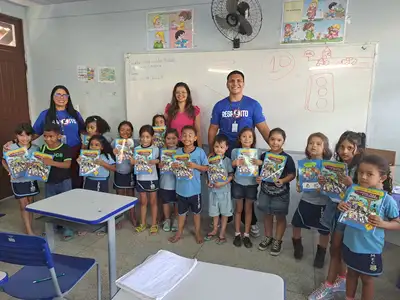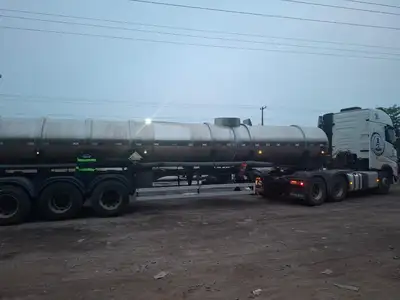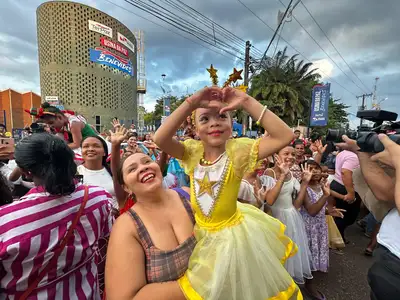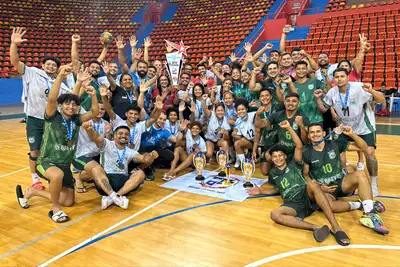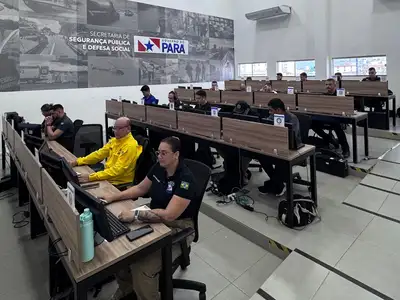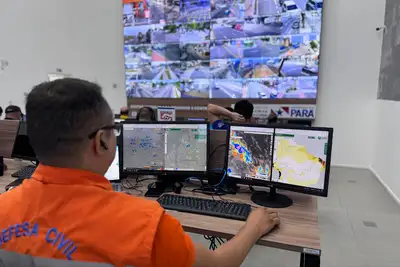Amazon rainforest drives innovation and multiple possibilities in the bioeconomy
The meeting reinforces the potential of the Amazon to drive a new model of sustainable development
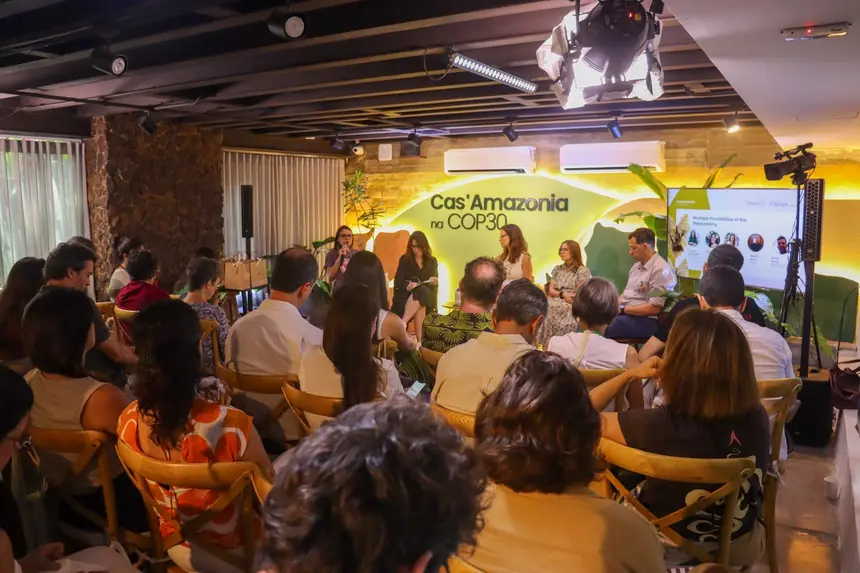
Held on Wednesday (12) at Cas’Amazonia in Belém, the lecture "Multiple possibilities in the Bioeconomy" brought together experts and agents from the private sector, civil society, and public sector.
The diversity of opportunities arising from forest resources was the focus of the lecture. The meeting reinforced the potential of the Amazon to drive a new model of sustainable development, reconciling environmental conservation, technological innovation, and income generation.
Representing the Secretary of Environment, Climate and Sustainability (Semas), the Deputy Secretary of Bioeconomy (Sabio), Camille Bemerguy, highlighted the importance of strengthening the bioeconomy as a strategic axis of socioeconomic policy in Pará. According to her, the State has been working to create a favorable environment for valuing sociobiodiversity products and integrating forest peoples into sustainable production chains.
"The State made a strategic decision to make bioeconomy a low-carbon socioeconomic development axis. We are building this trajectory based on innovation, research, and, above all, respect for traditional knowledge. Bioeconomy is a real opportunity to transform lives, adding value to what is produced in communities and showing that it is possible to grow while preserving," said Camille.
Challenges and strategies - during the lecture, Camille emphasized that Pará has been consolidating a robust governance for bioeconomy, with monitoring of the goals of the State Bioeconomy Plan (PlanBio) and integration among 17 executing secretariats. This process, according to her, has ensured concrete results and a more systemic view of the impact of actions in the territory.
The secretary also highlighted that the implementation of bioeconomy requires overcoming challenges, especially in accessing resources and expanding sustainable production scale. "We use our traditional knowledge and still burn a little, but we recover, we learn from others. Those who start always struggle, have difficulties, but cannot go back. So I think we are at this moment, and I think that is the challenge here. We still hear from communities the difficulty of getting resources to the end, but we are building joint solutions and learning from the experiences of those in the territory," pointed out Camille Bemerguy.
Innovation and traditional knowledge - Camille emphasized that the Bioeconomy and Innovation Park is a milestone in this process. More than a physical structure, it represents an ecosystem of connections between communities, researchers, and entrepreneurs, uniting tradition and technology.
"When we conceptualized the park, we thought about the ecosystem to promote these synapses between these different actors. I would say that the greatest beauty of this space, which ended up being a concrete space, is to bring some concreteness, because if we only talk about an ecosystem, with things that are already spread out, perhaps due to the novelty, it would be more difficult to internalize. Having something concrete, where you will have a sociobio center, they said, 'Look, I want it to be Casa Sociobio', so it became Casa Sociobio. If that is their space, the first thing is that they have to recognize themselves. So, I think that will be and be a pioneering space, where they will be the governance, the strategic path will come from them. On the other side, an innovation center, where we will have a large technological hub, a Technology Valley in Bioeconomy and sustainability. The beauty of this space is precisely to unite the House of Sociobioeconomy, where communities exercise governance, with the innovation center. It is in this meeting between traditional knowledge and research that bioeconomy gains strength and becomes reality, becomes multiple," highlighted Camille.
Communication and cooperation - in her final remarks, Camille advocated for the need for collaboration among the various actors in the bioeconomy, reinforcing that joint learning is essential for the advancement of policies and initiatives. She cited the dialogue between Amazon governments and the recent debate on the topic at the G20 as examples of the growing regional and international articulation.
"Each of these actors needs to learn from each other. We have to talk, exchange experiences, and communicate better what is already being done. Sometimes we do a lot, but we still communicate little. We need to make visible the good practices that are transforming the territory," she stated.
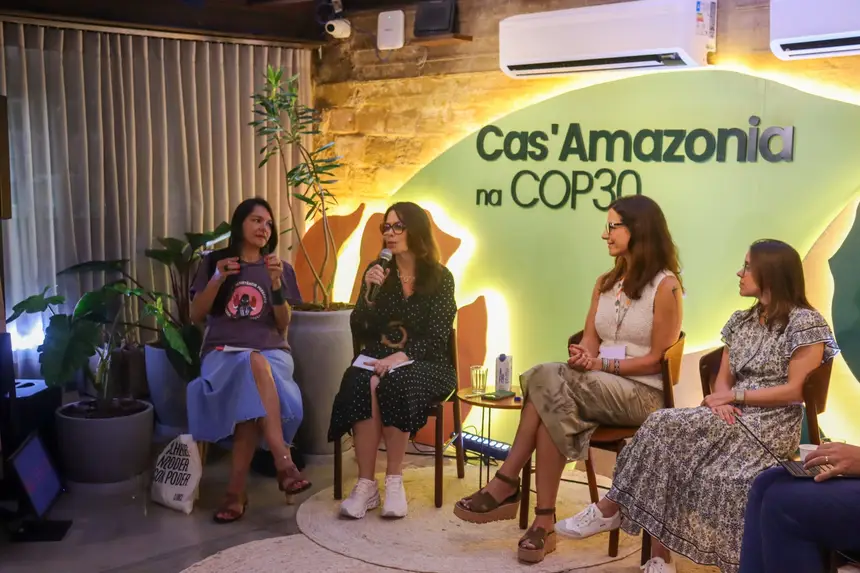
The secretary also emphasized that the process is built collectively and that the State seeks to consolidate partnerships with the private sector and research institutions to ensure scale and sustainability for the initiatives. "Investment in bioeconomy is a bet on the future. It involves risks, but it is a unique opportunity to transform the Amazon into a global reference in sustainable development," concluded the secretary of Sabio.
The parallel agenda of COP30 continues to be filled with good panels, lectures, and discussions to debate, enrich, and develop the best solutions for the environment, climate, and sustainability of the Amazon, Brazil, and the world. Cas’Amazonia consolidates and is part of an important cycle of dialogue and exchange of experiences, connecting representatives of the public power, entrepreneurs, and communities of the Amazon around a common purpose: to build a sustainable future based on the natural and cultural wealth of the region.
Text by Lucas Maciel/ Ascom Semas



